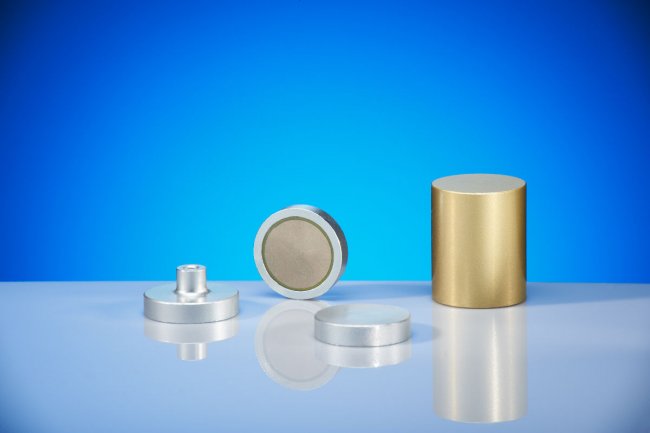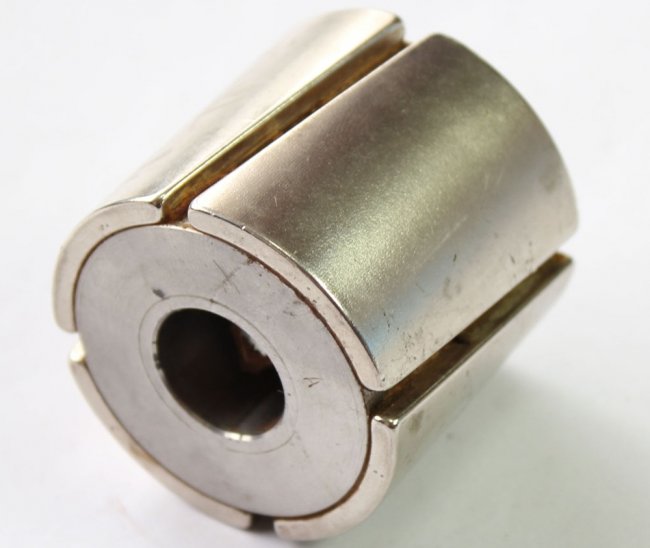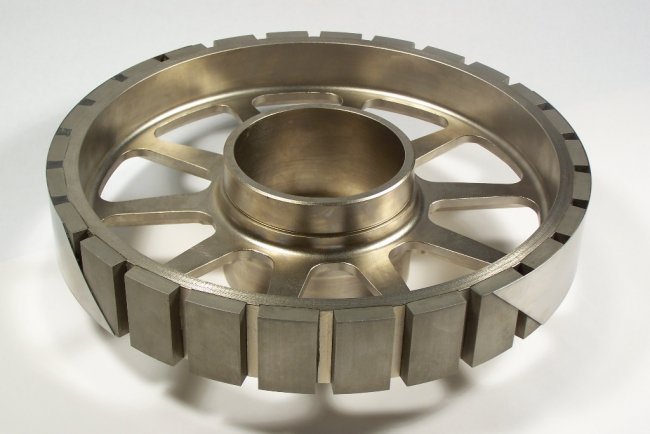Samarium Cobalt Magnets (SmCo): Features, Characteristics, Production and Applications
Samarium cobalt magnets (SmCo) are rare earths. The main types produced have the chemical composition SmCo5 and Sm2Ko17... They are very popular and are the second strongest magnet, less strong than neodymium magnets, but also have higher operating temperatures and higher coercive force. These magnets are very good at resisting corrosion, but are brittle, prone to cracking and cracking.
They are made like neodymium magnets by pressing in a magnetic field and then sintering.
They represent the group with the second highest internal energy after neodymium magnets (NdFeB). Because they are highly resistant to corrosion and do not require surface treatment, such magnets are the best neodymium magnets for working at high temperatures and under adverse conditions.
Also, unlike neodymium (Nd) magnets, SmCo magnets use more widely available materials that are inherently stable at temperatures well above the Curie point.This makes pricing for SmCo more stable and less susceptible to market changes.
Their disadvantage is the higher price. Other disadvantages are high brittleness, low tensile strength and a particularly high tendency to split.
Samarium-cobalt magnets are extremely resistant to external demagnetizing fields due to their high maximum energy Hcmax... This feature makes samarium-cobalt magnets particularly suitable for electromechanical applications.
These magnets can be used at significantly higher temperatures than neodymium magnets, the maximum operating temperature of SmCo magnets is 250 to 300 ° C. Their temperature coefficient is 0.04% at 1 ° C.
Another factor affecting the resistance of a magnet is its shape and the possible presence of an external magnetic circuit. Thin magnets (typically bar-shaped) are more easily demagnetized than thick magnets.
SmCo Samarium Cobalt Magnets were developed by Albert Gale and Dilip K. Das and their team at Raytheon Corporation in 1970.
To produce samarium-cobalt magnets, the raw materials are melted in an induction furnace filled with argon. The mixture is poured into a mold and cooled with water until it forms an ingot. The ingot is crushed and the particles crushed to reduce their size. The resulting powder is compressed in a magnetic field into a die of the desired shape for the desired orientation of the magnetic field.
Sintering takes place at a temperature of 1100–1250 ° C, then solution treatment at 1100–1200 ° C. Finally, it is released at a temperature of about 700–900 ° C. It is then grounded and further magnetized to increase the magnetic strength. The finished product is tested, checked and prepared for shipment to customers.
Thus, the production process of SmCo is similar to the production of neodymium magnets — pressing in a magnetic field and subsequent sintering.
The samarium-cobalt magnetic material is very brittle, which makes it difficult to use metal cutting machines in their production. The brittleness associated with the grain (crystalline structure) of the metal powder precludes the use of carbide tools.
Most magnetic materials are machined in a non-magnetic state, and the machined magnet is then magnetized to saturation. These magnets use diamond tools and a water-based coolant to drill holes.
Grinding waste should not be completely dry, as samarium-cobalt has a low flash point, only 150-180 ° C. A small spark, for example caused by static electricity, can easily ignite the material. The resulting flame becomes very hot and difficult to control.
Precision magnetic mounting
Samarium-cobalt magnets are extremely strong and require a large magnetizing field. The anisotropic nature of sintered cobalt samarium magnets results in a single direction of magnetization. It must be maintained during magnetization when the magnet is placed in the final assembly.
The direction of magnetization is measured with an indicator that determines a specific magnetic pole for a given machine or equipment during production.
Samarium-cobalt magnets are widely used in the automotive, aerospace, defense and industrial industries in a variety of equipment, apparatus and instruments such as electric motors, electric generators, electromagnetic couplings, microphones, loudspeakers, vacuum coating spray devices, Hall sensors, accelerators particles and many other devices.



